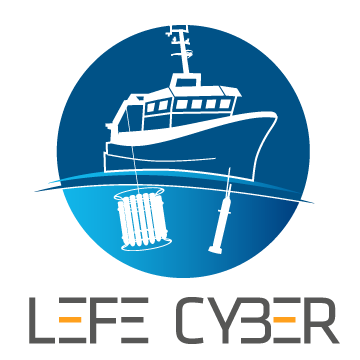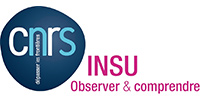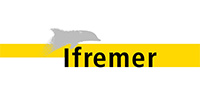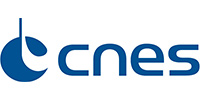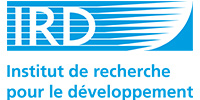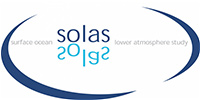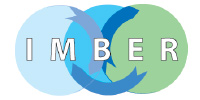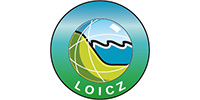Cruises LEFE CYBER
TONGA
shallow hydroThermal sOurces of trace elemeNts: potential impacts on biological productivity and the bioloGicAl carbon pump
The efficiency of our oceans to take up excess CO2 depends on nutrient availability, among which iron (Fe) plays a critical role. A shallow (<500m) hydrothermal Fe source has been discovered during the OUTPACE cruise in the Western Tropical South Pacific, and resulted in high concentrations (>4nM) of dissolved Fe up to the photic (∼0-150m) layer. However to date, the potential impact of such input on regional Fe budgets and biogeochemical cycles of C, N, P has never been studied.
In this context, TONGA is a multidisciplinary project dedicated to the study of the control of ocean productivity and carbon sequestration by such micronutrients of hydrothermal origin.
This project gathers the geoscience, oceanographic and atmospheric communities (71 scientists from 19 international institutions) and is based both on the 37-days oceanographic cruise on board R/V Atalante in the WTSP and modelling work.
The oceanographic cruise took place on bord R/V Atalante 1 nov/5 dec 2019 with 28 scientist and one movie maker on board.
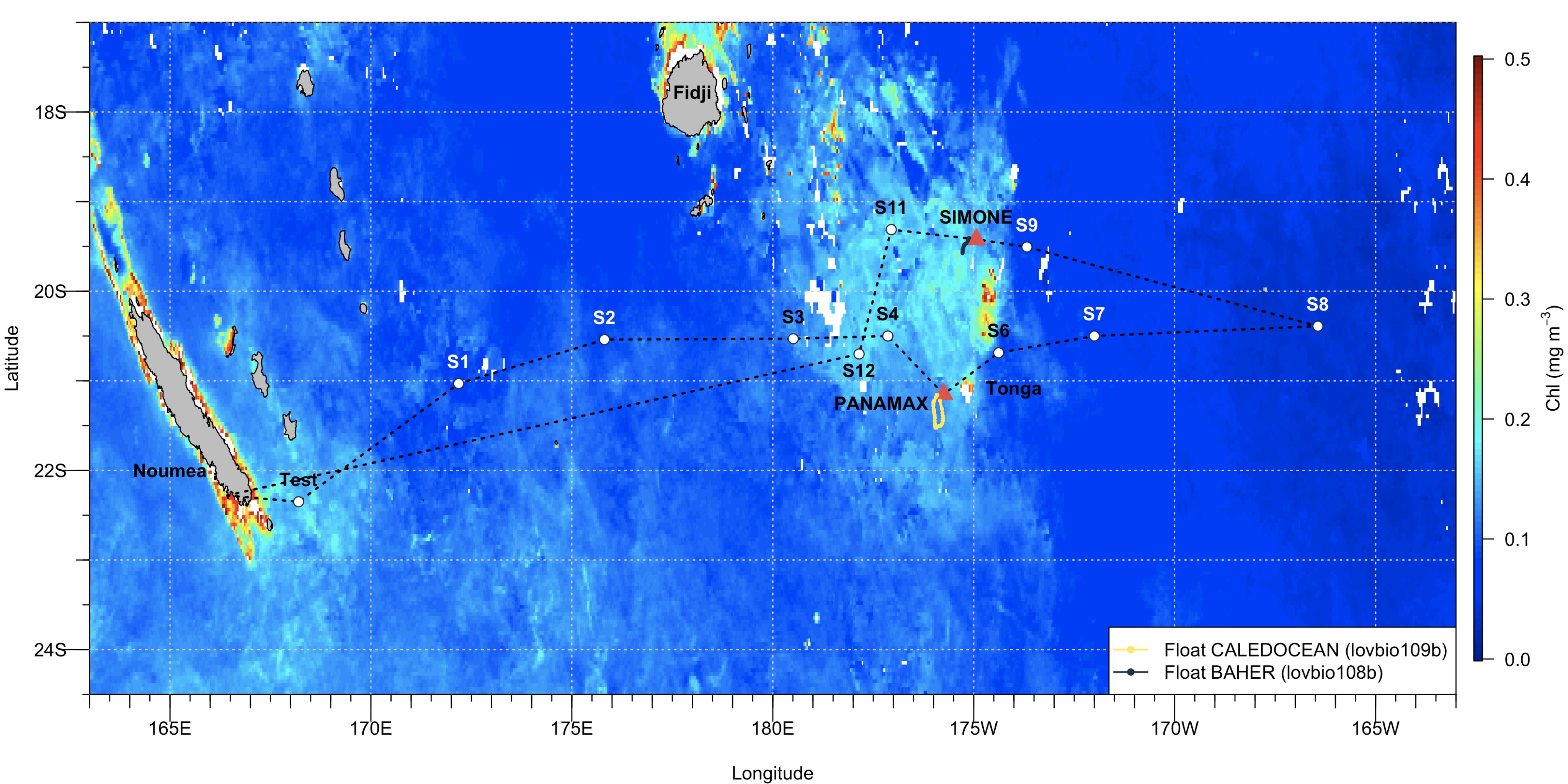
Final track of the TONGA Cruise superimposed to ocean color composite for September month. The detailed occupation of the 2 volcanoes sites "Volcano 1" and "Simone" can be found in the detailed sections below (Figure Julia Uitz)
TONGA has been endorsed as a GEOTRACES Process study and received support from the IMBER international programme.
| Name | Lab. | Status | Topics |
|---|---|---|---|
| Bonnet S. | MIO | DR | N2 fixation/Export, Interactions trace metals availability |
| Guieu C. | LOV | DR | Dissolved Iron, CLimate Reactors experiments |
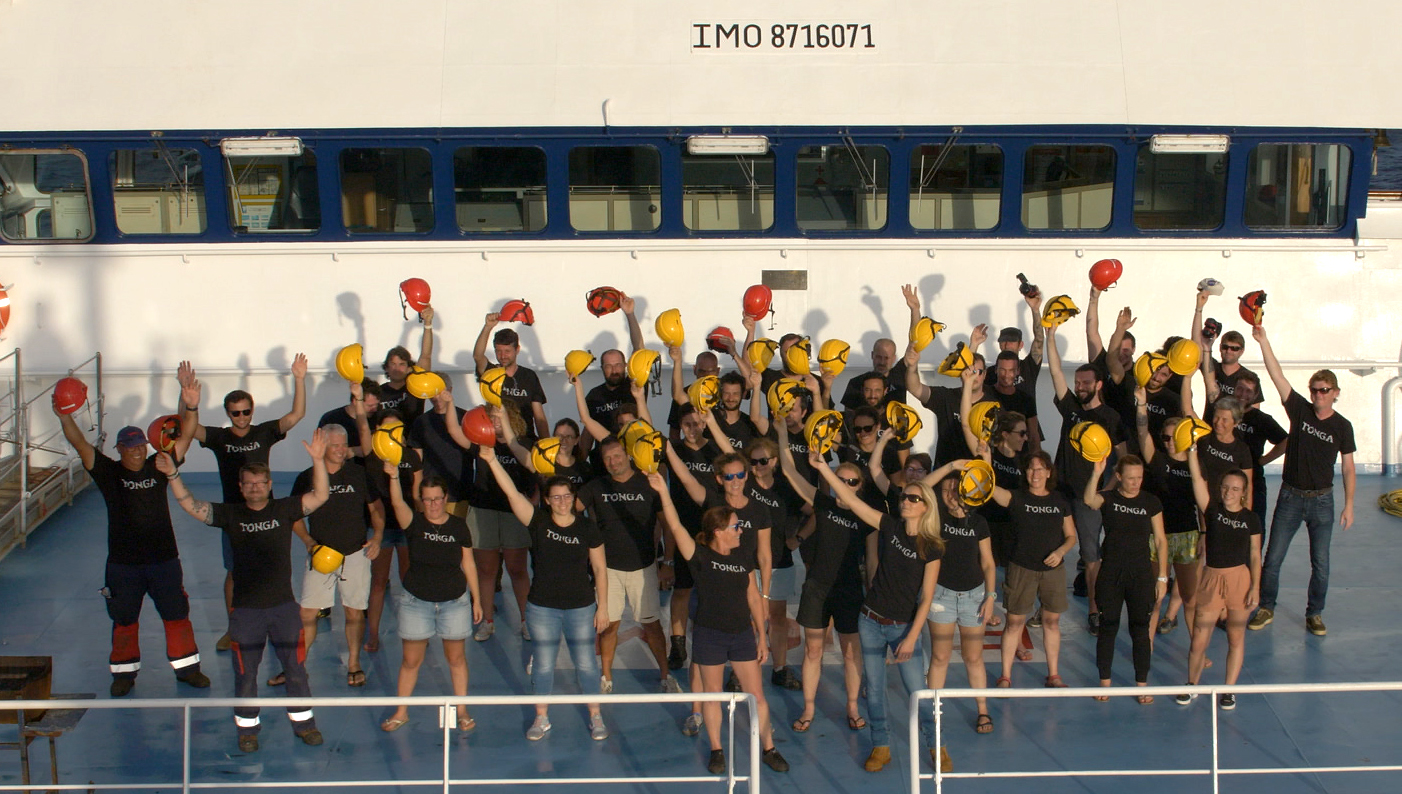
The whole team on-board l'Atalante
